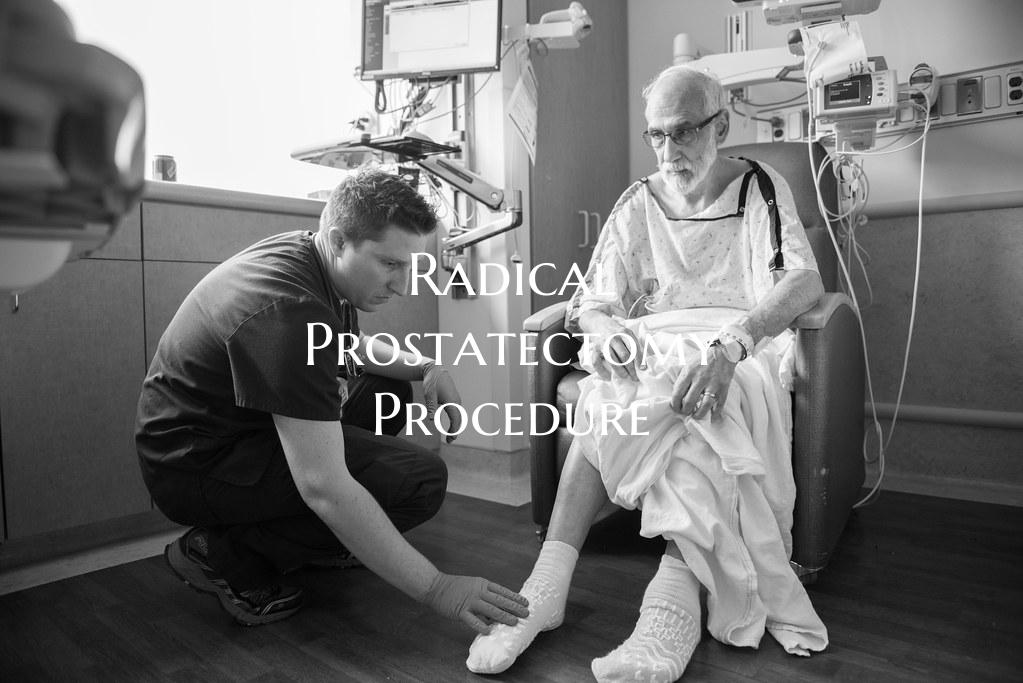
Radical Prostatectomy Procedure
Radical Prostatectomy Procedure: Understanding the Surgical Solution for Prostate Cancer
Prostate cancer is a significant concern for many men worldwide, making it essential to be well-informed about treatment options like radical prostatectomy. This surgical procedure involves the complete removal of the prostate gland, seminal vesicles, and sometimes nearby lymph nodes in an effort to eradicate localized prostate cancer. Here is a detailed look at the radical prostatectomy procedure and its implications for patients:
1. Patient Evaluation: Before undergoing radical prostatectomy, patients will usually undergo various diagnostic tests such as PSA (Prostate-Specific Antigen) blood tests, biopsies, imaging scans, and physical examinations to determine the extent and aggressiveness of the cancer.
2. Surgical Approaches: Radical prostatectomy can be performed through different surgical techniques, including open surgery, laparoscopic surgery, and robot-assisted laparoscopic surgery (da Vinci robotic system). Your urologist will discuss the most suitable approach based on your specific case.
3. Procedure Details: During the procedure, the surgeon carefully removes the prostate gland, surrounding tissues, and possibly nearby lymph nodes to ensure the best possible outcome in terms of cancer removal. This surgery aims to eliminate cancer cells while preserving urinary continence and sexual function to the extent possible.
4. Recovery and Rehabilitation: After radical prostatectomy, patients can expect a period of recovery that includes pain management, catheter use for bladder drainage, monitoring for potential complications, and a gradual return to regular activities. Pelvic floor exercises are often recommended to aid in restoring continence post-surgery.
5. Potential Complications: Like any surgery, radical prostatectomy carries risks such as urinary incontinence, erectile dysfunction, damage to nearby organs, and infection. However, advancements in surgical techniques have significantly reduced the occurrence of these complications.
6. Follow-Up Care: Regular follow-up appointments with your urologist are essential post-surgery to monitor your recovery, check for signs of cancer recurrence, and address any concerns or side effects you may be experiencing.
7. Impact on Quality of Life: While radical prostatectomy can be a life-saving procedure, it can also have lasting effects on quality of life, particularly in terms of urinary and sexual function. Support services such as counseling, support groups, and rehabilitation programs are available to help patients cope with these changes.
In conclusion, radical prostatectomy is a commonly performed surgery for localized prostate cancer that offers a curative treatment option for many patients. By understanding the procedure, its implications, and the necessary post-operative care, individuals can make informed decisions about their prostate cancer treatment journey. Consulting with a knowledgeable healthcare provider is crucial for personalized guidance and support throughout this process.